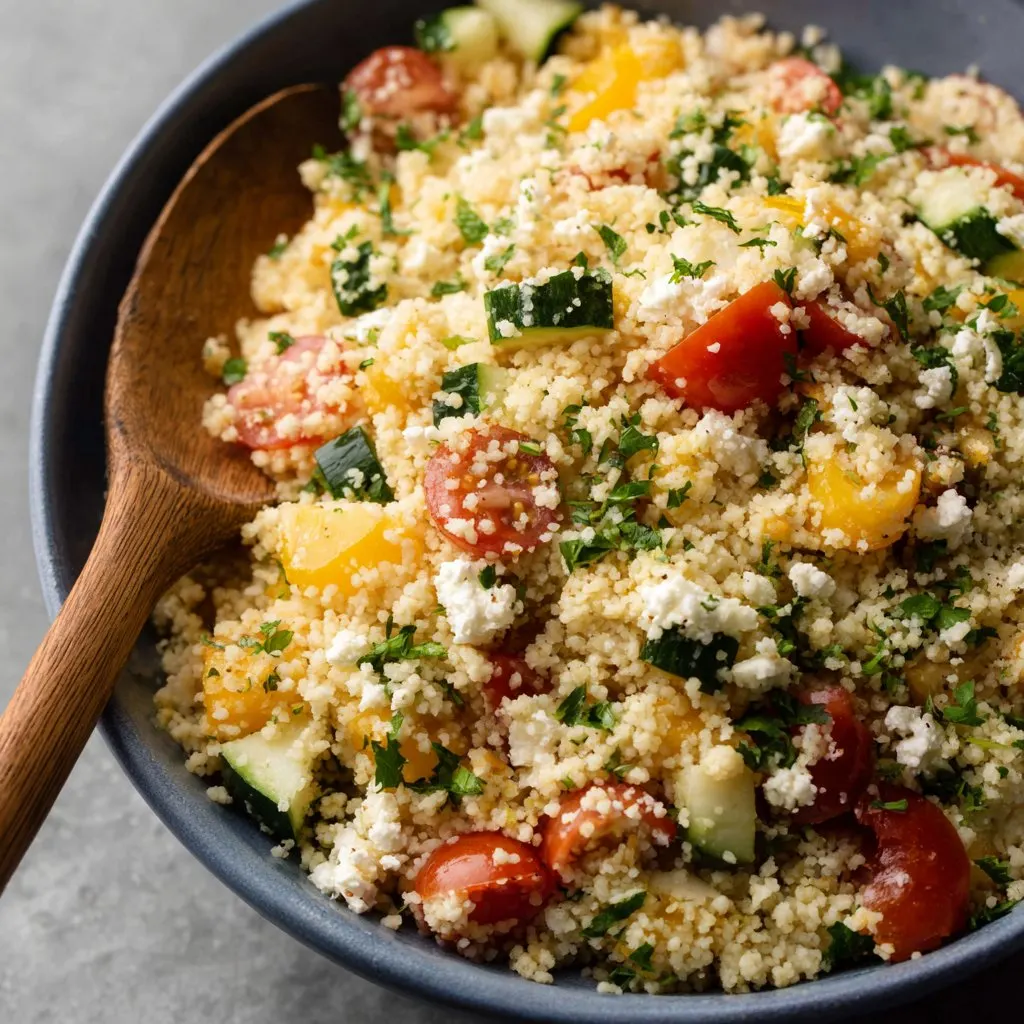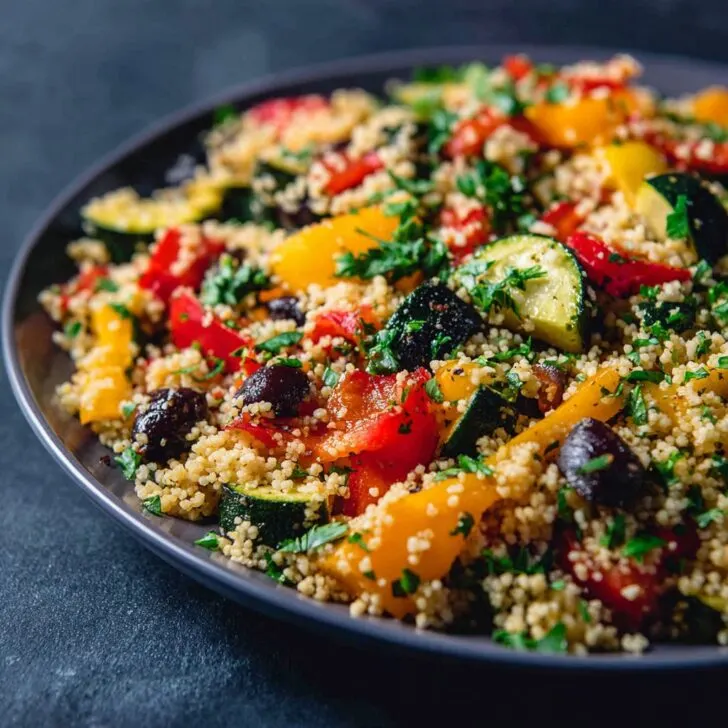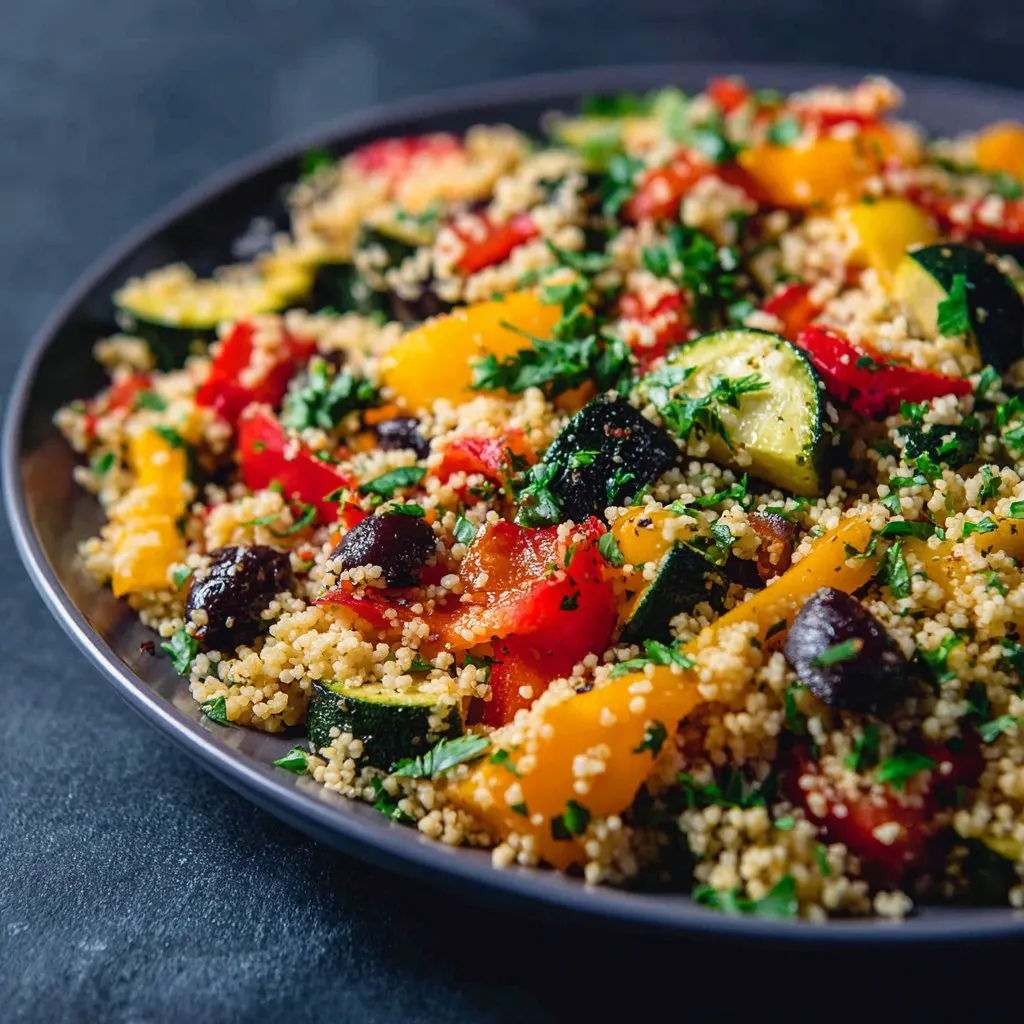Looking for Couscous Without the Gluten? Pull Up a Chair!
Hey there! So, last week I tried to make my usual herbed couscous salad for a friend who's gluten intolerant (turns out, couscous is basically tiny pasta—who knew, right?). Cue the wild kitchen scramble. But honestly, that led me down a rabbit hole of gluten free couscous alternatives, and now I kind of prefer these options anyway. Thought I'd share what I learned, plus a few kitchen fails along the way. If you hear an odd squeak, it's probably my kettle boiling in the background.
Why You'll Love Swapping Couscous Out
I make these swaps when I want to keep dinner easy but still a bit fancy. My family goes absolutely nuts for millet "couscous" with grilled veggies (even my cousin, who claims he hates anything healthy—except crisps). And when I'm rushed, quinoa saves my neck. Oh, and rice? Let's just say I have a bag in my cupboard at all times, just in case. Sometimes I miss the original, but honestly, nobody ever notices the switch. (Except my gran, who claims she can taste the difference, but she also thinks WiFi makes plants wilt, so...)
What You'll Need (and What I Sometimes Use Instead)
- Quinoa (white, red, tricolor—doesn't matter, though I like the red for color)
- Millet (my go-to when I want something fluffier; Bob's Red Mill is everywhere but any brand is fine)
- Cauliflower rice (super handy if you're low-carbing, or just have a sad cauliflower lurking in your fridge)
- Rice (short grain, long grain, whatever's on sale. I even used risotto rice once in a pinch. Not recommended, but it works if you're desperate.)
- Buckwheat (don't let the name fool you, it's gluten free! Earthy, nutty, a bit odd, but a nice switch-up.)
- Water or broth (I usually just use water, but broth makes it taste fancier.)
- Salt, pepper, and a drizzle of olive oil.
- Optional extras: lemon zest, chopped herbs, toasted nuts, or whatever's looking lively in your fridge.
How I Actually Make It (With Some Side Notes)
- Rinse your chosen grain (especially quinoa—otherwise it can taste weirdly soapy). I usually skip this about half the time, but you really shouldn't. Except, if you're using cauliflower rice, just skip ahead.
- Bring a saucepan of water or broth to a boil—about 2 cups for 1 cup of grain. Or a bit more if you like it softer.
(This is where I usually spill some. If you do too, just wipe it up and pretend it never happened.) - Stir in the grain, a pinch of salt, and maybe a glug of olive oil. Lower the heat, cover, and simmer:
- Quinoa: 15 minutes
- Millet: 18–20 minutes
- Buckwheat: 12–15 minutes
- Rice: 18–25 minutes (depends on the type, so check the packet, but honestly just taste it)
- Cauliflower rice: 3–4 minutes in a hot pan—no boiling! (add a bit of oil and stir until just tender)
- Try not to peek too often; I know it's tempting. This is when I usually rummage for herbs or get distracted by my phone.
- Fluff with a fork when done. If it looks a bit clumpy, that's normal. Add more olive oil or lemon juice and give it another toss. And if it's a bit underdone, just cover it and let it steam for five more minutes off the heat.
- This is when I taste a bit and maybe add extra salt. Sometimes too much. Oh well.
Notes from My Kitchen (Trial and Error Edition)
- Quinoa sticks like mad if you let it sit too long—but actually, a little crispy bottom tastes good (just don't tell anyone it was an accident).
- Millet can go mushy if you overdo the water; start with less, you can always add more if it looks thirsty.
- Cauliflower rice can get a bit sad and watery if you cook it too long. Quick is better. Also, don't try to microwave it unless you like kitchen steam baths.
Swaps and Experiments (Some Good, Some...Not So Much)
- I tried amaranth once. Tasted like birdseed to me. Maybe I did it wrong?
- Buckwheat is surprisingly hearty—great for cold salads.
- I sometimes add frozen peas in the last minute. Or, if I'm feeling wild, a handful of raisins and some cinnamon (Moroccan-ish?).
- Polenta as a couscous swap? Honestly, didn't love it. Too gloopy for my liking.
Gear You Need (Or...Maybe Not)
You’ll want a saucepan with a lid. Don’t have a tight-fitting lid? Use a plate or even some foil—done that more times than I can count. If you’re doing cauliflower rice, a food processor makes life easier, but grating it by hand works (just makes a mess, so have a cuppa ready for after).

How to Store Leftovers (If There Are Any)
Transfer to a container, pop it in the fridge, and it’ll last 2–3 days. Though, to be honest, it rarely survives more than 24 hours at my place—my partner always seems to find it for a midnight snack.
How I Serve These Swaps (Family Habits Die Hard)
I love piling the grain into a big bowl and topping it with roasted veggies and a dollop of yogurt. Sometimes I add a fried egg on top if I'm feeling extra (it’s not traditional, but it makes a boring Tuesday better). At family gatherings, we serve it alongside grilled chicken with a splash of hot sauce—my uncle insists.
Or, for a picnic, I just toss whatever grain I’ve made with chopped tomatoes, cucumber, and a herby vinaigrette. Even took it to a potluck once, and someone actually asked for the recipe. Shocker!
Pro Tips (Learned the Hard Way)
- Don’t try to rush the resting time—if you do, it just goes mushy. I once tried to serve millet straight away and it clumped into a sad blob (lesson learned).
- If your grain is sticking, just add a splash of boiling water, cover, and let it steam off the heat for a bit. Works a treat.
- Always taste before serving—sometimes the salt vanishes and you need more than you think.
FAQs (Real Questions, Real Answers)
- Can I use these alternatives in any couscous recipe?
- Pretty much, yeah! Just keep an eye on the cooking times. Some recipes might need a tweak (like more or less liquid) but the swaps are easy.
- Are these grains kid-friendly?
- Yup. Quinoa is a bit of a wild card—some kids love it, others just poke at it. Rice is a safe bet. Millet's soft, so that's good for little ones.
- How do I stop quinoa from being bitter?
- Rinse it! No really, don’t skip that step, or it tastes off. Even if the packet says pre-rinsed, I give it a quick wash anyway—paranoia from past disasters, I guess.
- What's the easiest option for meal prep?
- Quinoa or rice—hands down. They both store well and you can make a big batch (honestly, I think it tastes better the next day anyway).
- Any resource recommendations?
- Sure! Celiac.org’s guide is great for general gluten free tips, and if you want to get nerdy, Cookie and Kate has a solid quinoa tutorial.
Anyway, if you give one of these swaps a go, let me know how it turns out. Or just come round for dinner and see if you can spot the difference (spoiler: you probably won’t).
Ingredients
- 2 cups cauliflower rice
- 1 cup cooked quinoa
- 1 cup cherry tomatoes, halved
- ½ cup cucumber, diced
- ¼ cup red onion, finely chopped
- 2 tablespoons olive oil
- 2 tablespoons fresh parsley, chopped
- 1 tablespoon lemon juice
- Salt and pepper to taste
Instructions
-
1In a large skillet, heat 1 tablespoon of olive oil over medium heat. Add cauliflower rice and cook for 5-7 minutes, stirring occasionally, until tender.
-
2In a large bowl, combine the cooked cauliflower rice and cooked quinoa. Mix well.
-
3Add cherry tomatoes, cucumber, and red onion to the bowl. Toss to combine.
-
4Drizzle with remaining olive oil and lemon juice. Add chopped parsley, salt, and pepper. Mix thoroughly.
-
5Serve immediately as a main dish or side, garnished with extra parsley if desired.
Approximate Information for One Serving
Nutrition Disclaimers
Number of total servings shown is approximate. Actual number of servings will depend on your preferred portion sizes.
Nutritional values shown are general guidelines and reflect information for 1 serving using the ingredients listed, not including any optional ingredients. Actual macros may vary slightly depending on specific brands and types of ingredients used.
To determine the weight of one serving, prepare the recipe as instructed. Weigh the finished recipe, then divide the weight of the finished recipe (not including the weight of the container the food is in) by the desired number of servings. Result will be the weight of one serving.
Did you make this recipe?
Please consider Pinning it!!


